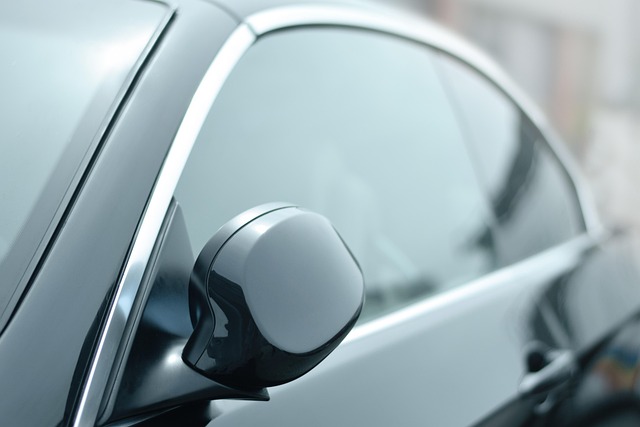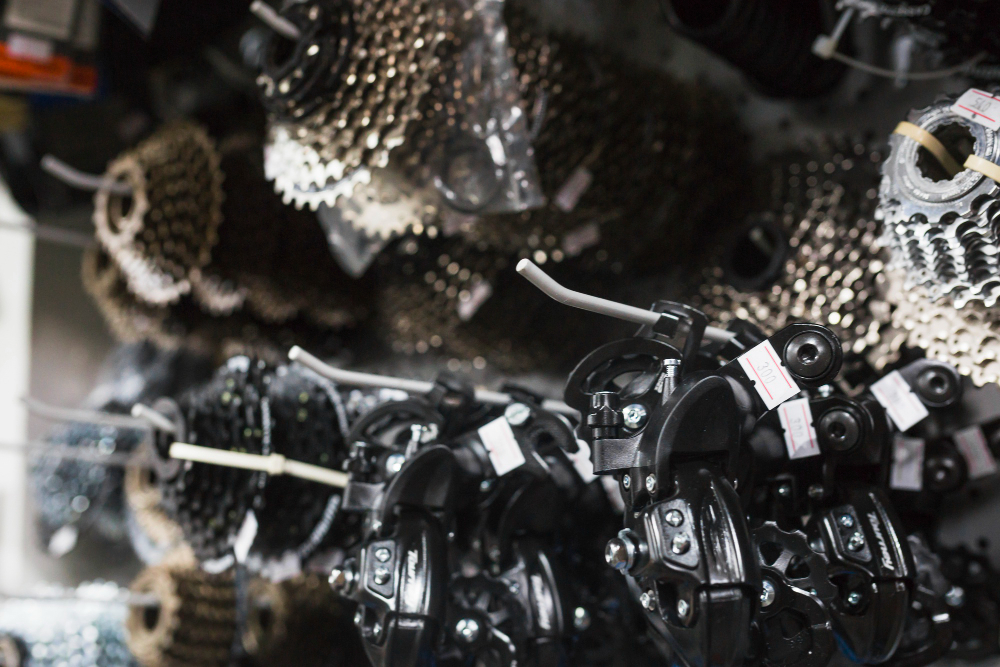When it comes to window tinting for cars, drivers often find themselves choosing between factory tint and aftermarket tint. While both options offer UV protection, privacy, and aesthetic enhancement, they serve different purposes and come with distinct advantages and limitations. Understanding these differences is crucial for making the right choice for your vehicle.
Why Does Tinting Matter?
Tinted windows aren’t just about style; they provide real benefits like heat reduction, UV protection, and glare minimization. But not all tints are created equal. Factory and aftermarket tints differ in how they are applied, their effectiveness, and their overall impact on comfort and safety. Many car owners assume that factory tint is sufficient, only to realize later that it doesn’t offer the protection or performance they expected. This misunderstanding often leads to frustration, wasted money, and the need for additional tinting solutions.
What Is Factory Tint?
Factory tint is applied during the manufacturing process. Instead of adding a film, automakers use a technique called deep dipping, where the glass itself is dyed. This method darkens the windows but offers minimal UV protection and almost no heat rejection. Typically, factory tint is found on the rear windows of SUVs, trucks, and some sedans.
Pros of Factory Tint
- Built-in Durability – Since the tint is part of the glass, it won’t bubble, peel, or fade over time.
- Legal Compliance – Factory tints usually fall within legal limits for visible light transmission (VLT), reducing the risk of fines.
- Privacy Enhancement – The darker appearance of factory-tinted windows provides some level of privacy.
Cons of Factory Tint
- Minimal Heat Rejection – Unlike aftermarket films, factory tint does little to block infrared rays, meaning cars can still get extremely hot.
- Lack of UV Protection – While some UV rays are absorbed, factory tint isn’t designed to block harmful radiation effectively.
- No Customization – Since the tint is built into the glass, drivers can’t adjust the shade or performance levels.
What Is Aftermarket Tint?
Aftermarket tint is a film that is professionally applied to the inside of the vehicle’s windows. It offers a wide range of options, from light shading to high-performance ceramic tints that significantly improve comfort and protection. Unlike factory tint, aftermarket options allow for customization based on individual needs and local legal restrictions.
Pros of Aftermarket Tint
- Superior Heat Rejection – Advanced ceramic and metallic films can block up to 99% of UV rays and 60% of infrared heat, keeping the cabin cooler.
- Improved UV Protection – High-quality aftermarket tints offer significant protection against skin damage and interior fading.
- Customizable Levels – Car owners can choose different shades, levels of reflectivity, and even specialized films like security tints.
- Enhanced Glare Reduction – Aftermarket films reduce glare from sunlight and headlights, improving visibility and safety.
Cons of Aftermarket Tint
- Potential for Installation Errors – Poorly installed film can bubble, peel, or fade over time, requiring professional reapplication.
- Legal Considerations – Aftermarket tints must comply with state and local laws, which vary by location.
- Upfront Cost – High-quality aftermarket tints are an investment, but they offer long-term benefits that outweigh the initial expense.
How to Choose Between Factory and Aftermarket Tint
If your vehicle comes with factory tint, you might think additional tinting isn’t necessary. However, factory tint primarily serves aesthetic and privacy purposes rather than heat or UV protection. If you spend significant time driving in sunny conditions or want maximum comfort, an aftermarket tint is the better option.
For those who already have factory tint but want improved protection, a professional can apply a clear or lightly shaded aftermarket film over it. This combination retains the factory look while dramatically increasing heat and UV rejection.
Questions to Consider Before Choosing a Tint
- Do you need added privacy? Factory tint may suffice, but darker aftermarket films offer more options.
- Are UV protection and interior preservation important? If yes, aftermarket tint is the way to go.
- What are the legal restrictions in your area? Check local tint laws before making a decision.
- Is heat rejection a priority? If so, a ceramic aftermarket tint is ideal.
Conclusion
While factory tint provides some level of privacy and aesthetics, it falls short in key areas like heat rejection and UV protection. Aftermarket tint offers a far superior solution, with customizable options that enhance comfort, safety, and efficiency. For those seeking the best of both worlds, combining factory tint with a high-quality aftermarket film is an excellent choice. Investing in the right window tint can make all the difference in your driving experience, keeping your car cooler, your skin protected, and your vehicle’s interior in top condition for years to come.



